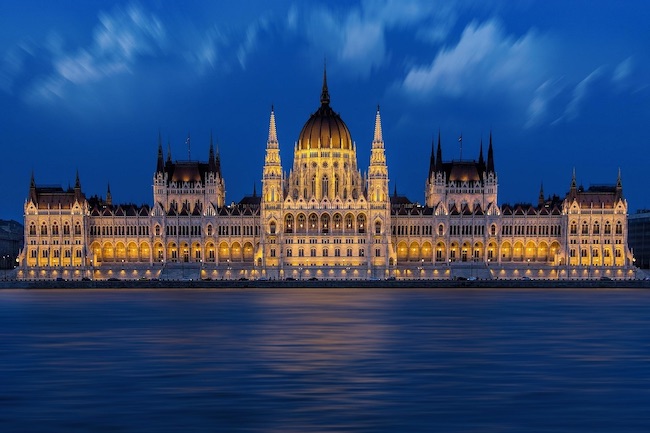Click on the map below to learn more
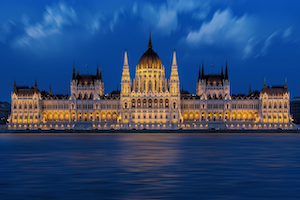 |
BudapestSituated along the majestic Danube River, Budapest is a city that enchants visitors with its stunning architecture, rich heritage, and warm hospitality. Known as the "Pearl of the Danube," it is a place where centuries of history are on display on seemingly every street corner. With a population of over 1,750,000, Budapest is, by far, the largest city in Hungary. One of Budapest's most iconic landmarks is the Hungarian Parliament Building, an architectural masterpiece that dominates the city's skyline. With its neo-Gothic design and intricate details, it is a true marvel to behold. Just across the river, the Buda Castle perches atop Castle Hill, offering panoramic views of the city and housing several museums and historical sites. Budapest is renowned for its thermal baths, which have been enjoyed for centuries. The Szechenyi Thermal Bath, with its splendid yellow façade and numerous indoor and outdoor pools, is a favorite among locals and tourists alike. It's the perfect place to relax and rejuvenate while immersing oneself in Budapest's spa culture. Strolling along the Danube Promenade, visitors are treated to a picturesque panorama that includes iconic landmarks such as the Chain Bridge, Margaret Island, and the magnificent Parliament Building. The bridges of Budapest, each with its unique charm, connect the city's two halves, Buda and Pest, symbolizing the unity of the city. Budapest is also a haven for culture enthusiasts. The Hungarian State Opera House showcases stunning performances, while the Hungarian National Museum and the Museum of Fine Arts offer insights into the country's history and artistic treasures. The vibrant Jewish Quarter is a bustling hub of trendy bars, cafes, and the grand Great Synagogue, a testament to Budapest's diverse cultural heritage. |
|
|
|
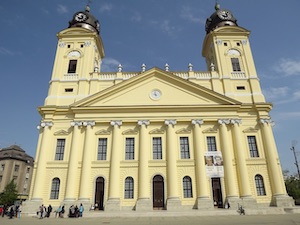 |
Debrecen
Debrecen, often referred to as the "Calvinist Rome," is Hungary's second-largest city and serves as an important cultural, educational, and economic center. Steeped in history, the city exudes a sense of pride and tradition that is felt in every corner. One of Debrecen's notable landmarks is the Great Reformed Church, an imposing Protestant cathedral that stands as a symbol of the city's religious significance. Its majestic white facade and soaring bell tower make it an iconic sight in the cityscape. Inside, visitors can admire the intricate details and experience the serenity of the sacred space. Debrecen is also home to numerous museums that showcase its rich cultural heritage. The Déri Museum houses an impressive collection of art and historical artifacts, including works by renowned Hungarian painters. The MODEM Modern and Contemporary Arts Center provides a platform for contemporary art exhibitions and performances, offering a glimpse into the city's vibrant art scene. The city's main square, Kossuth Square, is a hub of activity and a focal point for events and celebrations. It is surrounded by elegant buildings, including the iconic City Hall and the Csokonai National Theatre. The square is a vibrant gathering place where locals and visitors come together to enjoy festivals, concerts, and other cultural events. Debrecen is renowned for its educational institutions, including the University of Debrecen, which has a rich history dating back to 1538. The university attracts students from around the world, contributing to the city's dynamic and diverse atmosphere. The Hortobagy National Park, a UNESCO World Heritage site, is located near Debrecen and offers a unique natural experience. It is a vast expanse of plains, wetlands, and wildlife, providing opportunities for birdwatching, horseback riding, and exploring the traditional Hungarian countryside. Debrecen's lively culinary scene offers a delightful array of traditional Hungarian dishes and international cuisines. Visitors can savor local specialties such as Hortobágy-style pancakes and Debrecen-style sausages while enjoying the city's vibrant restaurants and cafes. Throughout the year, Debrecen hosts various festivals and events that showcase its cultural traditions, including the famous Flower Carnival, where elaborately decorated floats parade through the city streets.
|
|
|
|
 |
SzegedSzeged, often called the "City of Sunshine," is a charming Hungarian city on the banks of the Tisza River. One of the city's most striking features is its architectural splendor. The Votive Church, with its awe-inspiring domes and intricate details, stands tall as a testament to the city's resilience and faith. Strolling through the city center, visitors can admire the grand buildings adorned with elegant facades, including the City Hall and the Reök Palace. Szeged is also renowned for its cultural offerings. The National Theatre of Szeged is a prominent cultural institution that stages a wide range of theatrical performances, including opera, ballet, and drama. The Szeged Open-Air Festival, held annually in the summer, brings the city to life with a variety of outdoor concerts, theatrical shows, and cultural events. Food lovers will be delighted by Szeged's culinary scene. The city is famous for its spicy fish soup, a traditional Hungarian dish that draws inspiration from the nearby Tisza River. Visitors can indulge in the rich flavors of Hungarian cuisine at local restaurants, where goulash, paprika-spiced dishes, and chimney cake are among the must-try specialties. Szeged's commitment to education and knowledge is evident through the presence of several universities and research institutions. The University of Szeged, founded in 1872, is a prestigious institution that attracts students from around the world, contributing to the city's vibrant and youthful atmosphere.
|
|
|
|
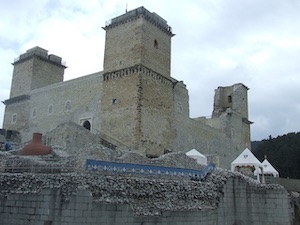 |
Miskolc
One of the city's notable attractions is the Diosgyor Castle, a medieval fortress that dates back to the 12th century. Its imposing walls and towers evoke a sense of the past, and visitors can explore its historical exhibits and enjoy the scenic views from its elevated position. Nature enthusiasts will be enthralled by Miskolc's proximity to the Bükk National Park, a haven of breathtaking landscapes and diverse flora and fauna. Hiking trails lead to panoramic viewpoints, hidden waterfalls, and fascinating cave systems, offering outdoor adventures for all levels of exploration. Miskolc also boasts the unique Cave Bath, an underground thermal spa located in a natural cave system. Visitors can soak in the healing thermal waters while marveling at the surrounding stalactites and rock formations, creating a truly unforgettable bathing experience. The city's vibrant cultural scene is showcased through its numerous festivals and events. The Miskolc Opera Festival draws music lovers from far and wide with its world-class performances, while the Bartok Plus Opera Festival celebrates the legacy of renowned Hungarian composer Bela Bartok.
|
|
|
|
 |
PécsPécs, often referred to as the "City of Mediterranean Splendor," is a hidden gem within the hills of southern Hungary. With its well-preserved architectural wonders, vibrant cultural scene, and welcoming atmosphere, Pécs offers a captivating experience for visitors. Nearly 150,000 people live in Pécs. The city's historical significance is evident in its UNESCO World Heritage-listed Pécs Cathedral and Early Christian Necropolis. The cathedral, with its stunning Gothic architecture and ornate interior, stands as a testament to the city's religious and architectural heritage. The Early Christian Necropolis, a burial site dating back to the 4th century, showcases remarkable underground tombs and intricate frescoes. Pécs is renowned for its vibrant arts and cultural scene. The Zsolnay Cultural Quarter, located in a former ceramics factory, is a hub of creativity featuring galleries, studios, and exhibition spaces. The unique Zsolnay ceramics, famous for their colorful patterns and craftsmanship, are an integral part of Pécs' artistic heritage. The city is also home to numerous museums and cultural institutions. The Pécs Museum showcases a diverse collection of art and historical artifacts, offering insights into the city's past. The Vasarely Museum celebrates the works of renowned Hungarian artist Victor Vasarely, known for his mesmerizing Op Art creations. |
|
|
|
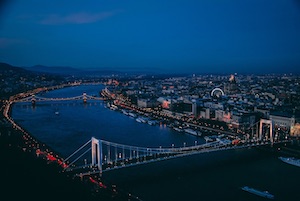 |
Danube River
|
|
|
|
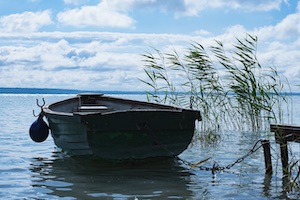 |
Lake Balaton
|
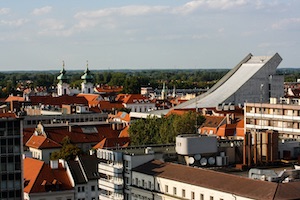 |
GyorGyor, often called the "City of Rivers," is a picturesque Hungarian gem that lies at the confluence of the Danube, Raba, and Rábca rivers. With its rich history, architectural splendor, and dynamic atmosphere, Gyor offers a delightful experience for visitors.One of the city's highlights is its well-preserved historic center. Strolling through the charming streets, visitors can admire the magnificent Baroque and Renaissance buildings that grace the cityscape. The captivating Main Square, with its colorful facades and elegant arcades, serves as the heart of the city, inviting residents and visitors to gather, shop, and enjoy the bustling atmosphere. Győr is home to several architectural treasures, including the stunning Basilica of Gyor. This imposing cathedral, with its impressive twin towers and intricate interior, stands as a symbol of the city's religious heritage. The episcopal palace, nearby churches, and charming narrow lanes add to the historical ambiance of the area. The city's cultural scene is vibrant and diverse. The Gyor National Theatre, housed in a magnificent neo-Baroque building, offers a variety of theatrical performances, from drama to opera and ballet. The Summer Cultural Festival, held annually, showcases a wide range of concerts, exhibitions, and events that bring the city to life with art and music. Gyor is also known for its industrial heritage. The Audi Factory, one of the largest employers in the region, attracts visitors with its impressive architecture and offers guided tours that provide insights into the automotive manufacturing process. For those seeking relaxation and natural beauty, Gyor has much to offer. The nearby Rába Quelle Thermal Spa and Thermal Bath provide a haven of relaxation with their healing thermal waters, wellness facilities, and rejuvenating treatments. The picturesque riverside promenade and parks offer pleasant spaces for leisurely walks, cycling, and picnics. |
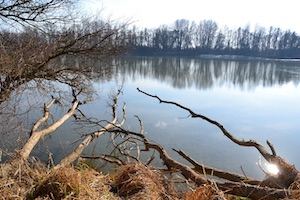 |
Drava River
|
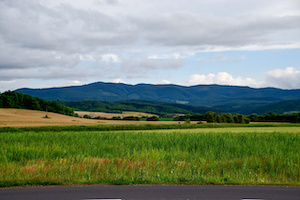 |
Mt. Kèkes
|
Budapest |
|
| Population: | 9,700,000 |
| Area: | 35,920 sq. miles |
| Capital City: | Budapest |
| Largest City: | Budapest |
| Currency: | Hungarian Forint |
| Official Language: | Hungarian |
| GDP (Gross Domestic Product) | $170 billion (55th) |
| Back to Map | |
Pécs |
|
Back to Map |
|
 |
|
The flag of Hungary consists of three horizontal stripes of equal width. From top to bottom, the colors are red, white, and green. The design is a reflection of Hungary's national identity and historical significance. The red color represents strength, courage, and valor. It symbolizes the blood spilled by Hungarian warriors throughout history to defend their land and freedom. Red is also associated with love for the country and the unity of the Hungarian people. The white color signifies purity, faith, and honesty. It represents the aspiration for truth and justice, as well as the peaceful nature of the Hungarian nation. White is also a symbol of the virtues that guide the Hungarian people in their pursuit of a better future. The green color represents hope, fertility, and the lush landscapes of Hungary. It embodies the country's rich natural resources, agricultural heritage, and the connection to the land. Green is a symbol of the harmony between nature and the people of Hungary. Back to Map |
|

